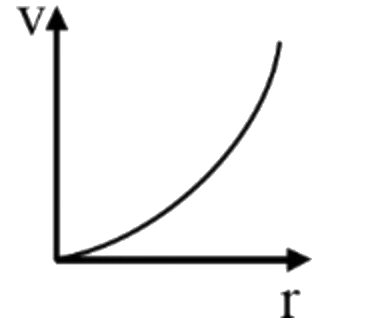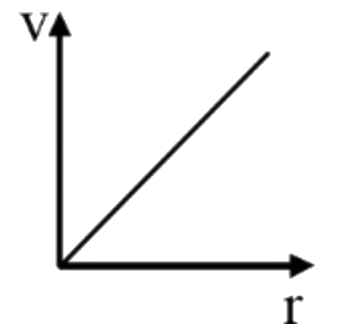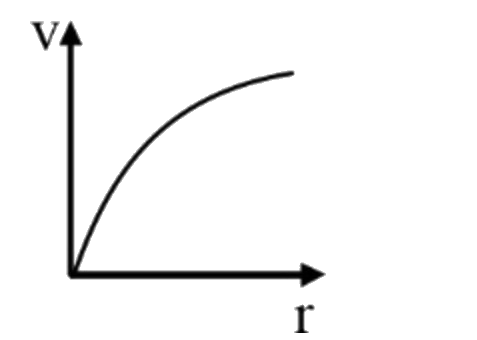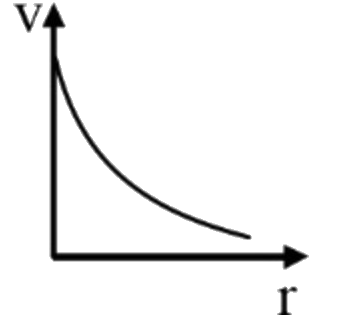Text Solution
AI Generated Solution
|
Topper's Solved these Questions
PROPERTIES OF BULK MATTER
PRADEEP|Exercise Short Answer Questions|162 VideosView PlaylistPROPERTIES OF BULK MATTER
PRADEEP|Exercise Long Answer questions|33 VideosView PlaylistPROPERTIES OF BULK MATTER
PRADEEP|Exercise Curiosity Questions|9 VideosView PlaylistPHYSICAL WORLD AND MEASUREMENT
PRADEEP|Exercise Competiton Focus Jee Medical Entrance|18 VideosView PlaylistRAY OPTICS
PRADEEP|Exercise Problem For Practice(a)|25 VideosView Playlist
Similar Questions
Explore conceptually related problems
Knowledge Check
A
B
C
D
Submit
A
B
C
D
Submit
A
B
C
D
Submit
Similar Questions
Explore conceptually related problems
PRADEEP-PROPERTIES OF BULK MATTER-Very short answer questions
- The diameter of Ballll A is twice of that of B. What will be the ratio...
01:31
|
Play - Why dust generally sttles down in a closed room?
01:20
|
Play - Draw a graph between terminal velocity of a spherical body and square ...
02:16
|
Playing Now - Fog particles appear suspended in the atmosphere. Why?
01:35
|
Play - What is meant by critical velocity of a liquid?
01:24
|
Play - What is the value of Reynold's number, when the flow of liquid in a tu...
01:27
|
Play - Can two stramlines cross each other in a flowing liquid ? Explain.
01:29
|
Play - When water flows through a pipe in the form of coaxial layers, which l...
01:52
|
Play - What happen to the external energy maintaining the flow of liqiud when...
01:54
|
Play - What will be the velocity of water when it passes from narrow tube to...
01:46
|
Play - The liquid is flowing steadily through a tube of varying diameter. Ho...
01:54
|
Play - What happeds to the pressure of an ideal liquid when it passes through...
01:29
|
Play - What are the porperties of a liquid satisfying the Bernoulli's theorem...
01:24
|
Play - Whan air is blown in between two balls suspended close to each other, ...
01:51
|
Play - The speed of a liquid flowing through a pipe increases and its pressur...
02:00
|
Play - What is effecto on the equilibrium of a physical balance when air is b...
02:13
|
Play - Water is coming out of a hole made in the wall of a fresh water tank ....
02:06
|
Play - What is pressure head and velocity head?
02:20
|
Play - Water and mercury are filled in two cylindrical vessels up to same hei...
02:23
|
Play - What are the SI and cgs units of heat? How are they related?
01:31
|
Play



